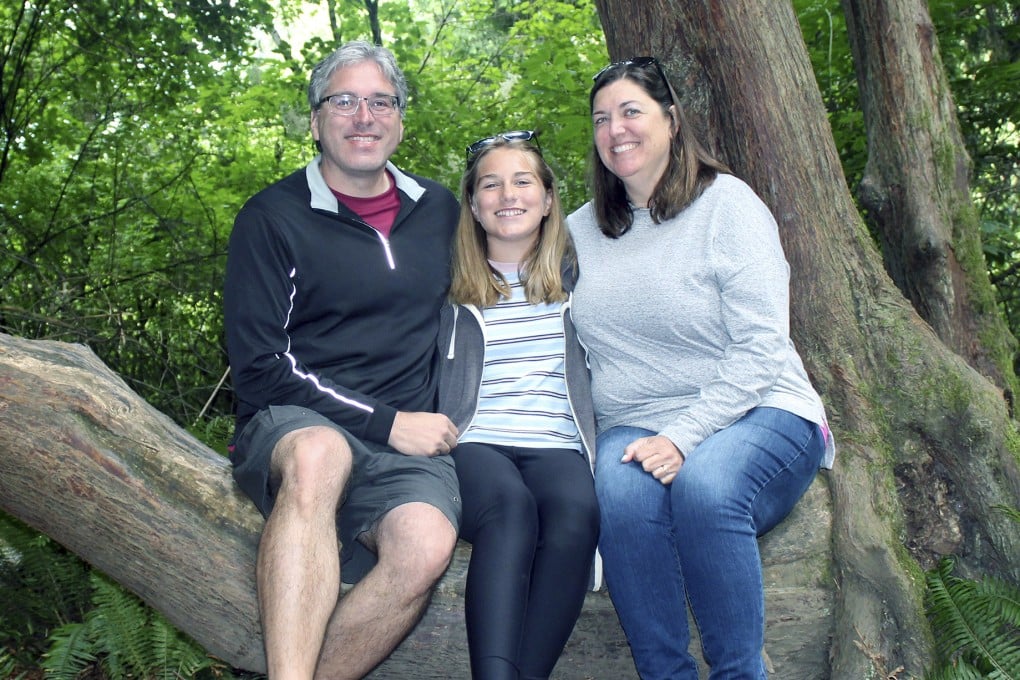Advertisement
How to take an extended break from work and the health benefits, from preventing burnout to shifting perspective
- Mini-sabbaticals, adult gap years, or just gap months – extended breaks come in various guises and help staff battle exhaustion, relax and recharge
- Cost is a common obstacle for people considering a break, one expert notes, but there are creative ways around that – including housesitting or swapping homes
Reading Time:4 minutes
Why you can trust SCMP
1

If you daydream about getting a break from stress, you might picture a restful week of holiday or a long weekend away. But some people opt for something bigger, finding ways to take longer or more varied time away from the routine.
Advertisement
Mini sabbaticals, adult gap years, or just gap months – the extended breaks range from quitting a job to taking a leave to just working remotely somewhere new to experience a different lifestyle.
It is about stepping out of the expected and recharging.
That’s not entirely new, of course, but the pandemic’s upheaval of work life caused more people to question whether they really wanted to work the way they had.

Barry Kluczyk, a public relations professional who lives in suburban Detroit, in the US state of Michigan, had long wanted to spend more time in Seattle, Washington. But it wasn’t until Covid pushed him into full remote work that he felt able to spend a month there, along with his wife and daughter.
Advertisement
“I wish we could have done it sooner,” he said.

Advertisement